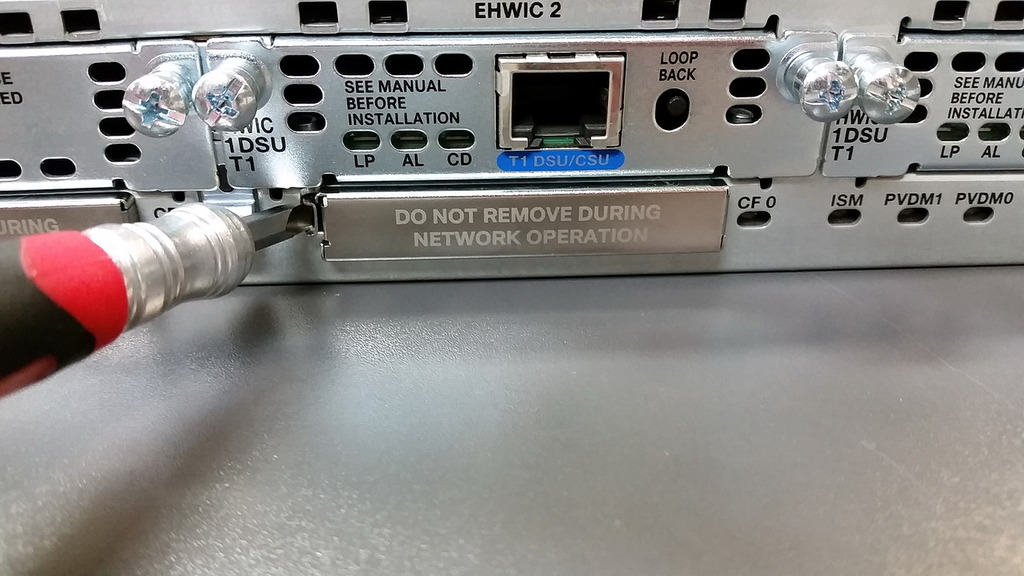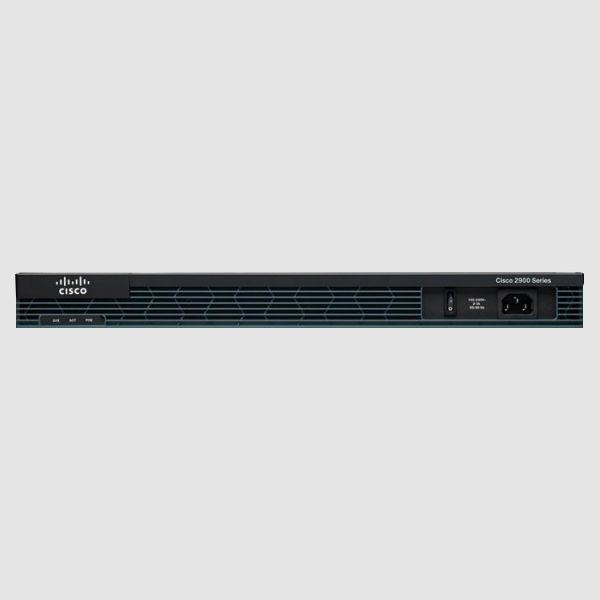
Cisco 2901 Memory
Cisco 2901 routerdelivers highly secure data, voice, video, and application services for small offices. It offers embedded hardware encryption acceleration, voice-and video-capable digital signal processor (DSP) slots, optional firewall, intrusion prevention, call processing, voicemail, and application services. In addition, the platforms support the industries widest range of wired and wireless connectivity options such as T1/E1, xDSL, copper and fiber GE.
Key features of Cisco 2901/k9 includes:
Figure 3 shows the back panel of the Cisco 2901 router with slots and ports. Note: (1) EHWIC 0,1,2 and 3 (0, far right) (6) USB 0 and 1 (1, top) (2) Compact flash 0 and 1 (7) AUX (3) USB serial port (8) 10/100/1000 Ethernet port (GE 0/0) (4) RJ-45 serial console port (9) Ground (5) 10/100/1000 Ethernet port (GE 0/1). Cisco 2901 Memory Slots, hollywood casino raceway bangor, online gambling apps sports, casino bern jobs.
- a. 2 integrated 10/100/1000 Ethernet ports
- b. 4 enhanced high-speed WAN interface card slots
- c. 2 onboard digital signal processor (DSP) slots
- d. 1 onboard Internal Service Module for application services
- e. Fully integrated power distribution to modules supporting 802.3af Power over Ethernet (PoE) and Cisco Enhanced PoE
- f. Security: Embedded hardware-accelerated VPN encryption for secure collaborative VPN communications; Integrated threat control using Cisco IOS Firewall, Cisco IOS Zone-Based Firewall, Cisco IOS IPS, and Cisco IOS Content Filtering; Identity management that uses authentication, authorization, and accounting (AAA) and public key infrastructure
- g. Voice: High-density-packet voice DSP module, optimized for voice and video; Standards-certified VoiceXML browser services; Cisco Unified Border Element capabilities; Cisco Unity Express voicemail support; Support for Cisco Communications Manager Express and Survivable Remote Site Telephony
The 2901 router that will be used as an example in the following part is the successor to Cisco’s 2500, 2600 and 2800 series lines of routers. It is 1RU (Rack Unit) in size and is often referred to as a ‘pizza box’ router.
The Front and Back of the Cisco 2901/Cisco 2901 Router-Front and Rear View
Here we will focus on the hardware setup of a Cisco router. There are a number of different module options that are available for the Cisco 2901 router. The first thing that any engineer must do with a new router (or new to them) is to configure and update it to meet the needs of its intended role in the network. To do this the engineer must connect a cable to the 2901 router to access the console of the device. With older routers the only option when connecting to the console was via a custom rollover cable which was then used in combination with a RJ-45 to DB-9 or DB-25 converter which enabled a connection with a serial port on a PC. Since almost all newer PCs (including laptops) no longer have conventional serial ports many companies have developed USB to serial cable adapters which allow a connection to these older devices via a modern USB port. The 2901 has two different available methods of connection; via the older style RJ-45 port and a rollover cable OR via a direct mini-USB connection to the device.

Cisco 2901 Memory Slots Free
The Cisco 2901 (and most new series devices) includes built-in Gigabit Ethernet interfaces (2) that can be used to connect the router to the network. The Gigabit Ethernet ports on routers are pinned the same as hosts/PC’s and do not require crossover Ethernet cables to connect to Switches. Some of the higher model routers also support small-form-factor pluggable (SFP) Gigabit Ethernet ports which enable the use of fiber directly into the device.
Size of Cisco 2901
The Cisco 2901 router is able to be used in a number of different physical locations. It is small enough to be used as a desktop device or it can be used in a 19 or 23 inch rack with the addition of rack brackets. The routers that are placed into racks are higher in model number than the 2901 and therefore are larger than 1RU.
Limitations of CISCO 2901 ROUTER
The Cisco 2901 is limited in the type of additional modules that it can utilize. In the rear of the 2901 there are four Enhanced High-Speed Interface Card (EHWICs) slots. The Cisco 2911 router, for example, also supports a single Service Module (SM) on top of supporting the same four EHWIC slots. Generally speaking the higher the router series number the more flexibility will exist on type of module supported.
About Leading Cisco Supplier-Router-switch.com
Router-switch.com, founded in 2002, provides Cisco equipment that reduces the cost of network infrastructure, and is renowned for their customer service and huge supply of robust, cost-effective Cisco products. Its customers are including network equipment resellers, system integrators, service providers, governments entities, banks, the global 1000, medium and small enterprises.
Note: If you want to purchase Cisco 2900 series routers and accessories, you can visit: https://www.router-switch.com/Price-cisco-routers-cisco-router-2900-series_c39
More Cisco Router REVIEWS:

If you wanna buy a Cisco router to set up your network, maybe you are confused with the detailed functions of these models, such as Cisco 1921, Cisco 1941 and Cisco 2901. Which one would be better for your network setup? For example, if you need one that support over 10 routing protocol such as OSPF, BGP, EIGRP, PIM-SM, IGMPv3, static IPv4 routing, static IPv6 routing; an evolutionary platform with multicore CPUs, etc. the CISCO1941W-E/K9 may be not a bad choice.
So what are the main differences between the following routers: Cisco 2901, Cisco 1941 and Cisco 1921? Here we list the main differences and features of Cisco 1921, CISCO 1941 and Cisco 2901 in the following table:
Cisco 1921, Cisco 1941 and Cisco 2901 Comparison
| CISCO 1921 | Cisco 1941/Cisco 1941W | Cisco 2901 | |
| Form Factor | 1 RU | 2 RU | 1 RU |
Integrated WAN Ports | 2 Gigabit Ethernet | 2 Gigabit Ethernet | 2 Gigabit Ethernet |
Interface slots (enhanced high-speed WAN interface card [EHWIC]) | 2 | 2 | 4 |
Interface Slots, Network Interface Modules | N/A | N/A | N/A |
| Service-module slots | 0 | 0 | 0 |
Integrated services module (ISM) slots | 0 | 1 | 1 |
| Packet-voice width='104'>0 | 0 | 2 | |
USB Ports (v2.0) | 1 | 2 | 2 |
Default/maximum flash memory | 256 MB/256 MB | 256 MB/ 8 GB | 256 MB/ 8 GB |
Default/maximum synchronous dynamic RAM (SDRAM) | 512 MB/512 MB | 512 MB/ 2.5 GB | 512 MB/ 2.5 GB |
Modular LAN switchports (with optional Power over Ethernet) | 9 | 11 | 16 |
Stateful Firewall | YES | YES | YES |
Voice and Video DSP support | – | – | PVDM3 and PVDM2 |
Survivable Remote Site Telephony (SRST) | – | – | Up to 35 |
Cisco Unity Express (network module [NM], service module [SM], or ISM) | – | – | 10 ports; 100 mailboxes |
Digital Voice Support | – | – | Up to 100 |
If you want to know the more detailed Cisco 1900 router models you can visit the page: https://www.router-switch.com/Price-cisco-routers-cisco-router-1900-series_c16
More Cisco 1900 Series Comparison: